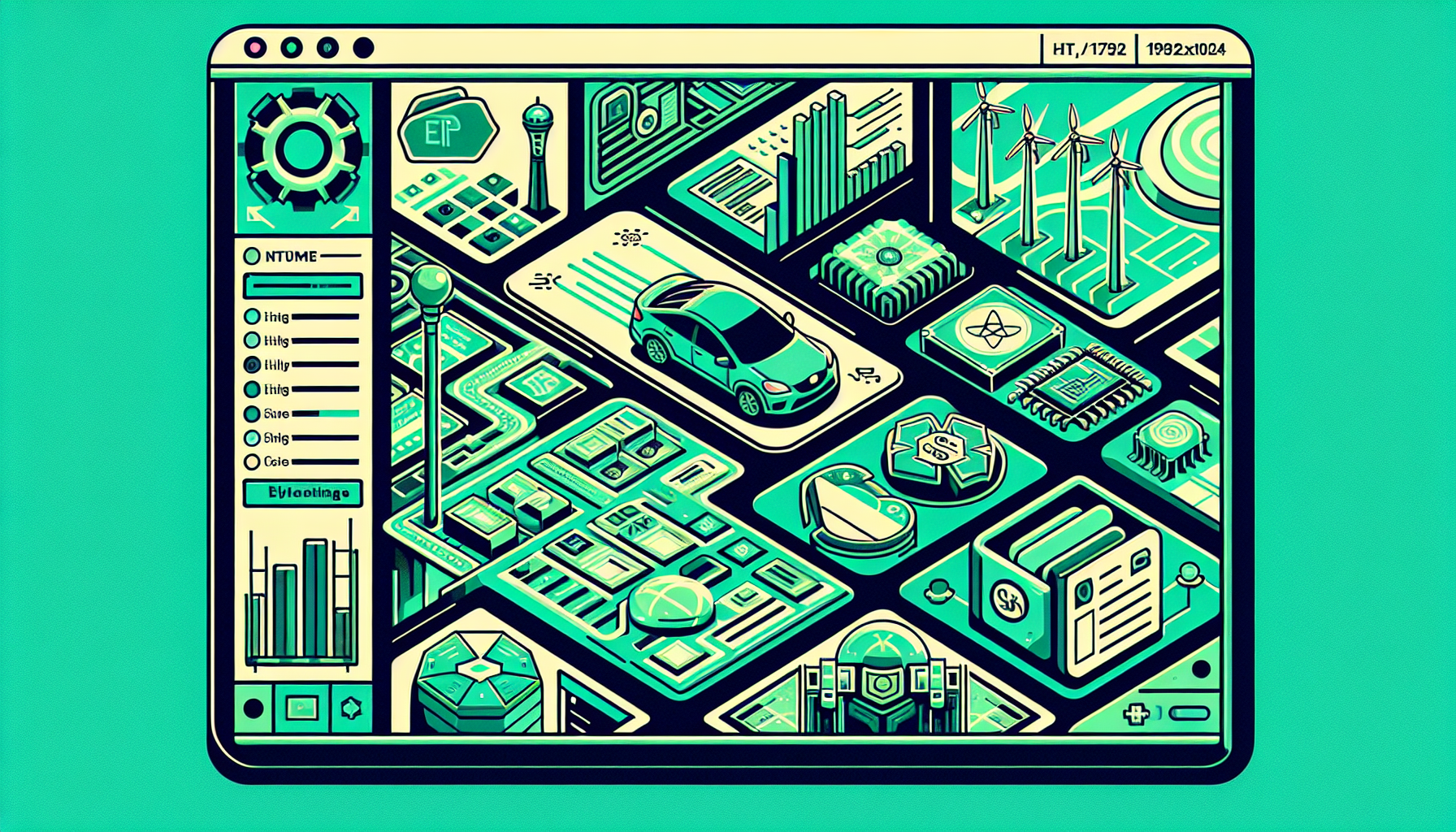HTML/CSS viewer for Tkinter
Why it matters
- TkinterWeb allows Python developers to integrate HTML and CSS rendering seamlessly into their Tkinter applications.
- The latest version 1.1.4 introduces notable improvements in performance and compatibility, broadening its usability for complex web content.
- This toolkit simplifies the process of creating user interfaces with web technologies, making it easier for developers to deliver modern applications.
In the evolving landscape of software development, the ability to render web content within desktop applications has become increasingly valuable. TkinterWeb, a library designed for use with Python’s Tkinter, is making strides in this area by providing a robust HTML/CSS viewing capability. The recent release of version 1.1.4 marks a significant update, enhancing the library’s performance and expanding its functionality for developers.
The TkinterWeb library stands out in the Python ecosystem as it merges the simplicity of Tkinter with the rich formatting capabilities of HTML and CSS. This integration empowers developers to create visually appealing interfaces that can display complex web content without relying on external browsers. With TkinterWeb, Python developers can harness the power of web technologies to enhance their applications, providing users with a more engaging experience.
Version 1.1.4 of TkinterWeb introduces several enhancements that address previous limitations while improving user interaction. One of the standout features of this update is the increased compatibility with various HTML and CSS standards. Developers can now render more intricate web pages, including those with advanced styling and layout nuances that were previously challenging to implement.
Additionally, performance improvements in this version mean that applications incorporating TkinterWeb will run smoother and more efficiently. The rendering engine has been optimized to handle larger documents and more complex stylesheets, which is essential for modern web applications that demand high performance. This advancement is particularly beneficial for developers who need to present extensive data in user-friendly formats, such as dashboards or report viewers.
Moreover, the ease of installation and integration makes TkinterWeb an attractive option for developers. The library can be easily installed via Python's package index (PyPI), allowing developers to quickly add it to their projects without complicated setup processes. This accessibility contributes to a rapid development cycle, enabling teams to focus more on functionality and user experience rather than the intricacies of the underlying technology.
TkinterWeb is not just about rendering; it also supports various interactive features commonly found in web applications. This includes handling user input, responding to events, and dynamically updating content, which are essential for building responsive and engaging applications. Developers can implement interactive forms, animations, and even AJAX-like features, bringing a level of interactivity previously unavailable in traditional Tkinter applications.
The community around TkinterWeb has been growing, with increasing contributions and enhancements from users and developers. This collaborative spirit ensures that the library continues to evolve, adapting to the needs of modern application development. With an active user base, developers can expect ongoing support and updates that will keep the library aligned with the latest web standards and practices.
In summary, TkinterWeb version 1.1.4 represents a significant advancement for Python developers looking to leverage web technologies within their desktop applications. Its ability to render HTML and CSS efficiently opens up new possibilities for user interface design and application functionality. As the demand for sophisticated applications rises, tools like TkinterWeb will play a crucial role in bridging the gap between web and desktop environments, making it an essential addition to any Python developer's toolkit.
As the landscape of software development continues to shift towards more integrated and user-friendly designs, libraries like TkinterWeb will undoubtedly pave the way for a new generation of applications that blend the best of both worlds. Developers are encouraged to explore the capabilities of this library and consider how it can enhance their projects, ensuring they remain competitive in a rapidly evolving market.











